Austria
Austria is a federal state composed of municipalities (Gemeinden) and regions (Länder).
CEMR in Austria - Austrian Association of Municipalities and Austrian Association of Cities and Towns










Local governments
The municipal council (Gemeinderat) is the deliberative body of the municipality. Its members are elected by direct universal suffrage based on the proportional representation system for a five or six-year term depending on the region. The municipal council appoints the members of the local administrative board.
The local administrative board (Gemeindevorstand) is the municipality’s executive body. It is composed of the mayor, his deputies and members from the different political parties, proportionally to the electoral results of each party.
The mayor (Bürgermeister) is elected either by the municipal council or by direct universal suffrage, depending on the region, although the latter method is the most common. The mayor chairs the local administrative board and the municipal council.
-
- Fire protection and rescue services
- Road construction and maintenance of municipal roads
- Maintaining elementary schools and secondary schools
- Civil status books and registry office
- local construction police
- public water pipelines
- Sewerage
- Municipal housing
- Waste management
- Social welfare (partly)
- Health (partly)









Regional governments
The regional parliament (Landtag) is composed of members elected by direct universal suffrage for a five or six-year term, depending on the region. It appoints the provincial governor and government. Some of the region’s legislative competencies are exclusive to the regional tier while others are shared with the national parliament.
The regional government (Landesregierung) is the executive board of the region and is headed by the governor. There are two systems for the election of the regional government, depending on the region: the proportional system (almost each party is represented within the regional government) and the majority system (not all parties are represented within the regional government).
The regional governor (Landeshauptmann) is elected by the regional parliament. He/she is in charge of the external representation of the region and chairs regional government sessions.
